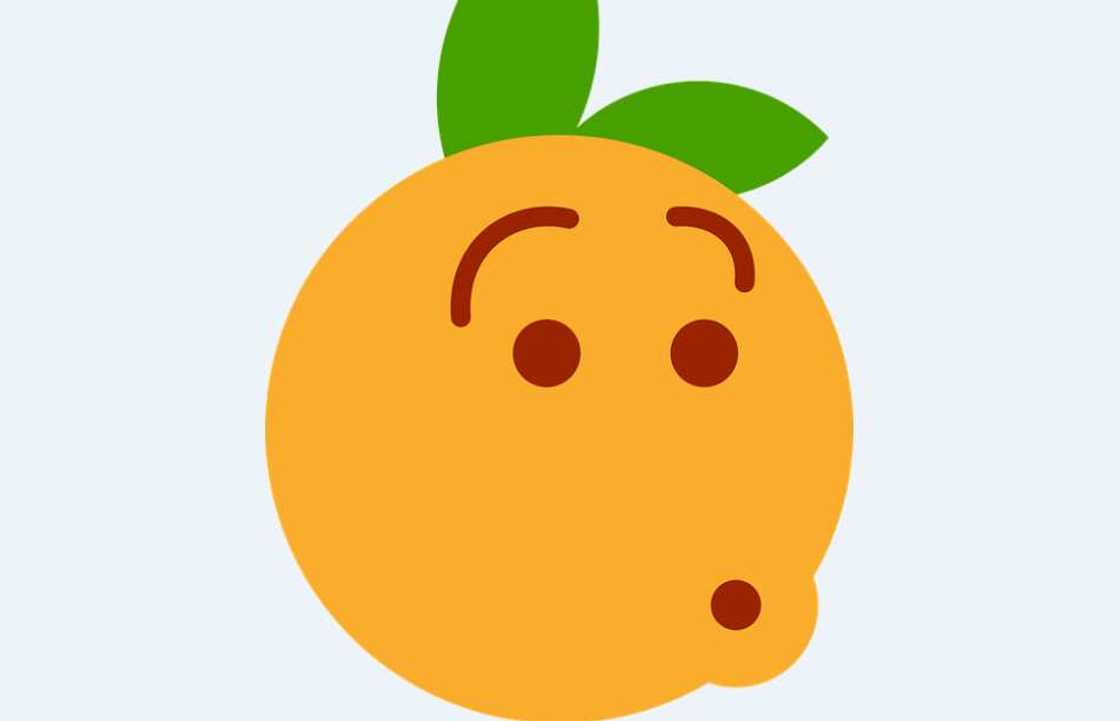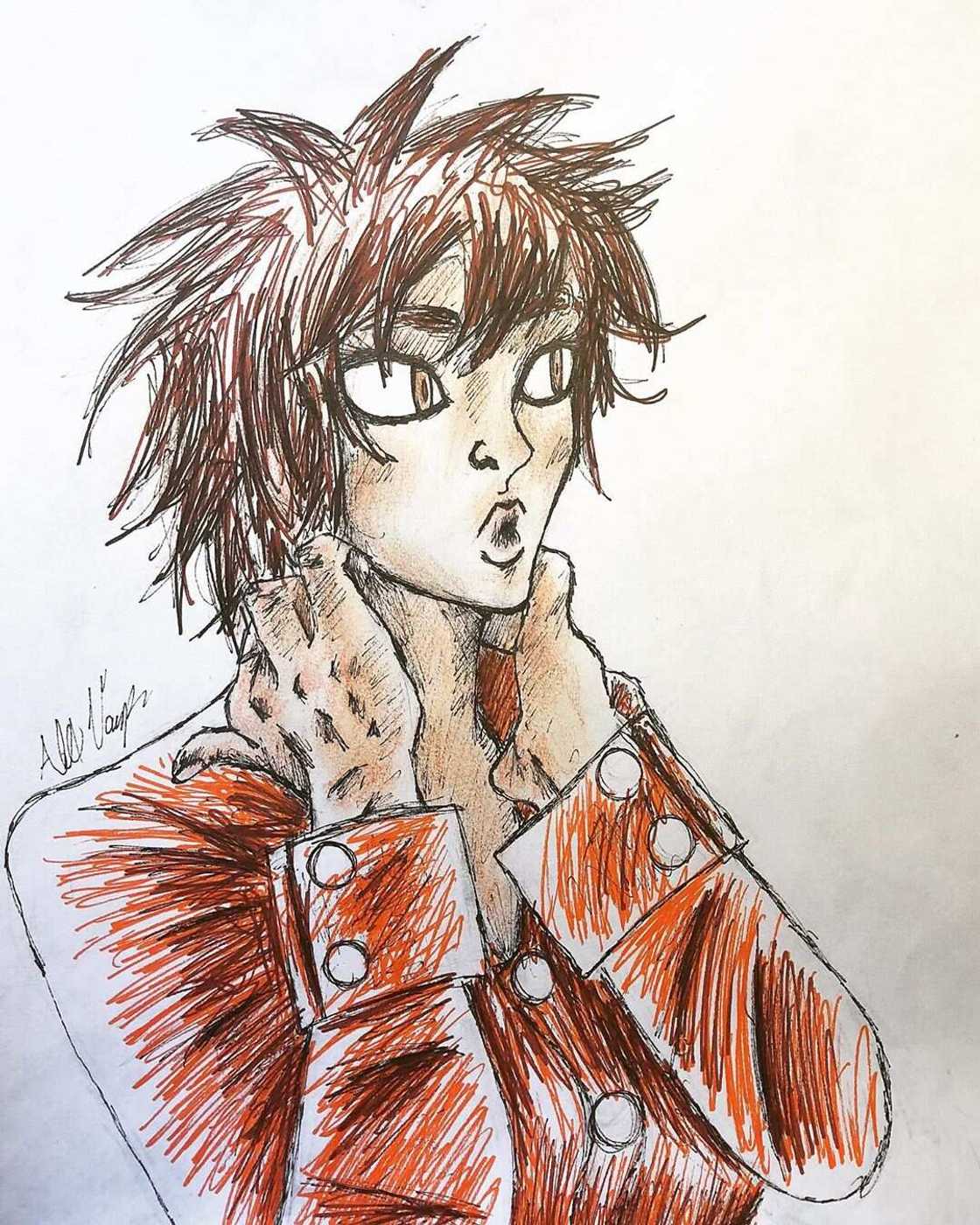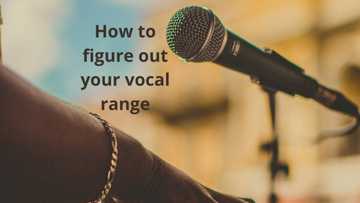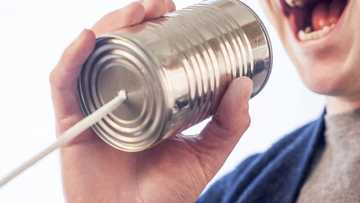How to whistle: a simple step-by-step guide
Did you know that you can learn how to whistle quite easily? Like any other skill, whistling is perfected through consistent practice. Whistling is a good way of attracting the attention of other people without screaming out for them. It is also a way of making melodious tunes. If you have desired to acquire this skill, you can do so today!

Source: UGC
Can anyone learn to whistle? Yes, anyone can learn how to whistle. Whistling refers to the skill of making a high-pitched sound using the mouth. For the sound to be produced, air must be forced through the mouth. The air flow is restricted using the tongue, teeth, and lips.
Whistling is a means of communication. It is mostly used to capture the attention of other people. It can be achieved with one hand, both hands, or without the use of hands.
How to whistle loud using hands
Learning how to whistle loud is a skill that you can use to communicate. If, for instance, you need to call a cab by the roadside, whistling is a good way of catching the attention of the cab driver. How do you whistle? There are different techniques that you can use to produce a high pitch sound from your mouth. Learn how to whistle loudly using hands by following the techniques that are described below.
READ ALSO: How to cure pimples fast: top 10 ways
How to whistle with one hand

Source: UGC
Learning how to finger whistle is relatively easy. To whistle with fingers, you need to use your thumb and index fingers. You can use either your right or left hand. The choice is yours, as long as you use one hand. Follow these easy steps;
- Press the ends of your thumb and index finger in your preferred hand together. The fingers should form a ring shape. It is easier to do this with your dominant hand.
- Open your mouth, making sure that your lips cover your teeth completely. Curl the lips into the mouth.
- Where do you put your tongue when whistling? Move the tongue back in the mouth. To do this, curl your tongue upwards such that the tip points towards the roof of the mouth. Move the tongue back to leave some space in the front of the mouth. Ideally, there should be a space of about 1.3 centimetres (0.5 inches) between the front teeth and the tongue.
- Next, place the index finger and thumb in the mouth. Push the fingers into the mouth, making sure that they touch the tongue. The ring shape that the fingers form should be horizontal in the mouth.
- Inhale to take a deep breath and close the mouth around the fingers. The lips should remain stretched over teeth, and the only gap between the lips should be the space between the fingers. The air will pass through this space when you whistle.
- Forcefully blow air out of your mouth through the fingers. Do not hurt yourself in the process! Do not be discouraged if no whistling sound comes out on the first try. Keep on trying until you get it right. Learning how to whistle with two fingers takes practice!
How to whistle with your hands
You can also whistle using both hands. Learning how to whistle with your fingers from both hands requires the use of four fingers, two from each hand. To know how to whistle with fingers from both hands, follow these easy steps:
- Stretch out your index and middle fingers on both hands and keep them close together. The thumbs should hold down the little fingers and the ring fingers. Bring your hands close together such that the two middle fingers touch to form a letter A with both hands.
- Lick your lips to wet them, then tuck them back over the teeth. For the whistle to be smooth, the lips should cover the teeth.
- Push back the tongue with your fingers. About a quarter of the tongue should fold back on itself. Push the tongue back into the mouth until the first knuckles of your hands reach the lower lip.
- Close the mouth around the fingers, making sure to get a good seal.
- Blow gently from the mouth. The air should go out over the bottom lip. No air should go through the sides of the mouth. The tongue should not be in the space between the fingers because when it is there, it blocks air from coming out.
- Practise until you get it right!
How to whistle without fingers
Learning how to whistle loud without fingers is also easy and possible. You can use your lips or your tongue. Similar to the above techniques, you must practise regularly until you become perfect.
Using lips

Source: Instagram
This technique requires a few trials before you can get it right, so do not be discouraged if the first trial fails. Follow these steps to whistle using your lips:
- Pucker your lips like you are about to blow a kiss to someone. Ensure you leave a small round opening in the lips. Your lips should form the same shape they do when you pronounce the number two. If your lips are dry, you can lick them before puckering.
- Curl the edges of your tongue forward without resting them against the teeth. You can curl the sides of the tongue differently to produce different notes as you perfect the skill.
- Gently blow air over the tongue and through the puckered lips. You should hear a whistling sound. Over time, you can alter the shape of the lips and the curve of the tongue to create clearer sounds.
- Once you find out the correct form of the lips and tongue, you can blow loudly to create louder whistles. Usually, pushing the tongue slightly forward creates higher notes. If a hissing sound comes out instead of a whistle, your tongue may be too close to the roof of the mouth. Change the position of the tongue and try again.
- Practise some more until you get it right.
Whistling with the tongue

Source: Instagram
When you use your tongue to whistle, the sound produced is softer compared to all the above techniques. To use the tongue, follow these simple steps:
- Lick your lips to make them wet them pucker them slightly.
- Slightly open the mouth and pus the tongue on the roof of the mouth right behind the front teeth. A high-pitch sound should come out when you try blowing air at this stage.
- To produce a louder sound, pucker the lips more and blow harder.
- You can alter the sound that is produced by widening and puckering the mouth.
Alternatively, you can whistle by sucking in air. While this technique is easy, it is very hard to create a tune. If done loudly, it can be used to attract attention. To use this method, follow these steps:
- Lick your lips to moisten them slightly. Pucker them.
- Suck in air through the mouth until a whistling sound is produced. The jaw may drop slightly. Typically, a louder sound is produced when air is sucked in hard.
How do you teach a child to whistle?
Any child can learn how to whistle. To teach a child this skill, here are some tips that you should employ:
- Utilise the mirror technique
Teaching a child the art of whistling becomes more manageable when an adult models and a child mimics what an adult is doing. An adult or teacher should face a child in this technique. Doing so allows them to see the positioning and movement of the tongue and lips for learning through imitation. The process is also filled with laughter as you watch each other making funny faces. This creates a fun learning process that encourages a child to try over and over until they get it right.
- Have a child lick their lips before starting
Lips tend to have better formation when moist compared to when dry. Slightly licking the lips helps a child with the positioning.
- Show them how to pucker their lips
Teaching a child how to pucker their lips can be fun. If they are unable to do it correctly at first, give them a drinking straw to put between the lips, then remove it when the lips are in the proper position.

Source: UGC
- Encourage a child to blow air
Once a child has mastered how to put the tongue and lips in the correct place, encourage them to blow air out of their mouth gently. Start with soft exhalation. They can make louder whistles as they continue to perfect the skill.
- Teach a child how to tuck the tongue
Show a child how to hold the tongue as they whistle. You can teach them how to form a U-shape or how to push it against the front lower teeth. Make this process fun for your child!
- Practise consistently
Whistles may not be produced at the first try. It is essential for a child to keep practising often. Over time, their whistling will become clearer. Practising with the child's favourite songs, makes the learning process easier.
- Exercise patience with a child
Practice will make perfect! Make sure that you encourage a child to practise even when they get frustrated. When a child is overwhelmed, allow them to take a break. Do not forget to make the learning process fun and exciting.
I still cannot whistle!
While anyone can learn how to whistle, it is important to know that some people may try learning the skill but fail to do so. Some underlying medical conditions may render one unable to whistle. These include:
- Cleft palate
- Weakened throat muscles
- Having a motor speech disorder
- Having adenoid surgery
- Having excess space between the palate and throat
Can I learn how to whistle? Why can't I whistle with my fingers? Can I whistle without using my hands? Well, whistling is an art that requires patience and practice. Everyone can learn the art of whistling using the above techniques that are easy and straightforward. Remember to practise so that you can perfect the skill. Go ahead and learn this skill today!
READ ALSO:
- How to add in Excel: a step-by-step guide
- How to backup iPhone to iTunes: FAQ
Source: Legit.ng










